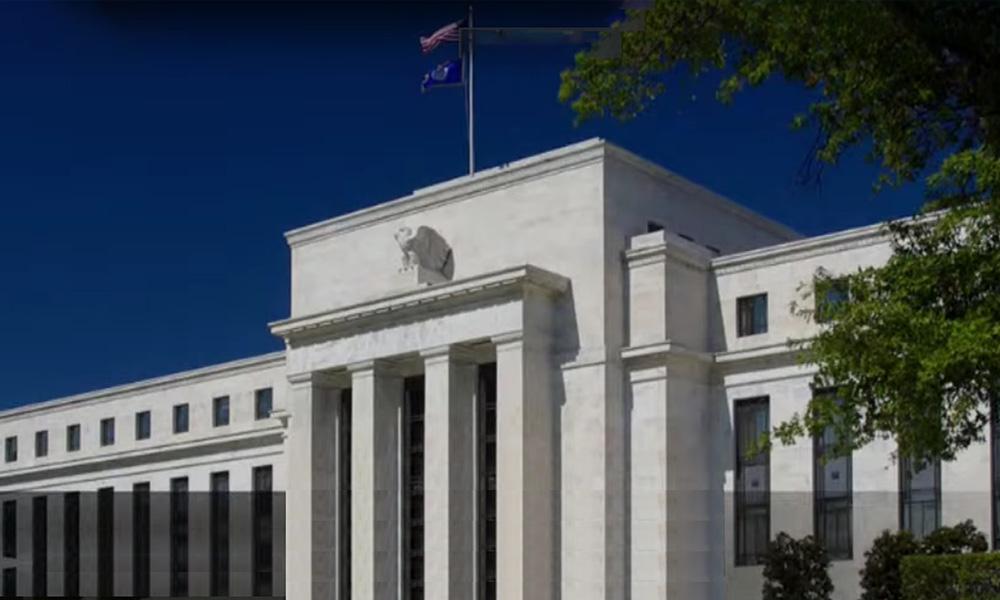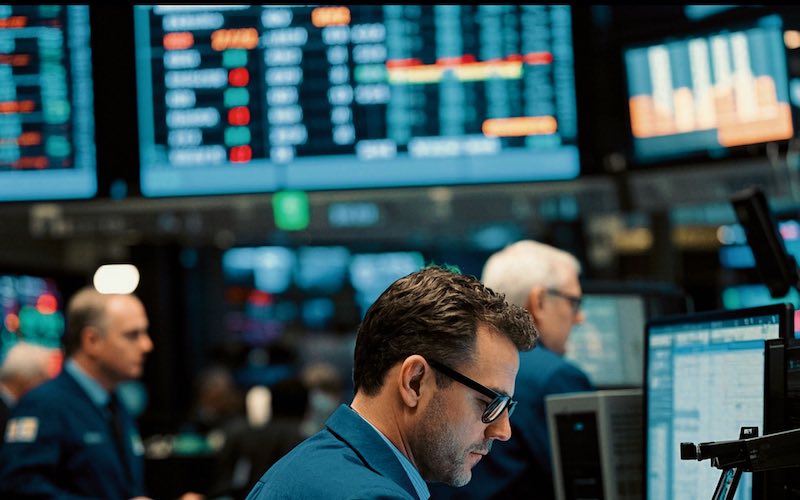Fed divisions deepen: How Trump tariffs disrupt rate cut prospects
2025-07-10 14:53:53

1. Policy Dilemma Caused by Trump’s Tariffs
The unexpected shock of tariff increases
In April 2025, Trump announced a tariff increase that far exceeded market expectations, like a bombshell, completely disrupting the interest rate cut plan formulated by the Federal Reserve at the beginning of the year. These tariffs not only target major imported goods from multiple countries, but also involve a wide range of consumer and industrial products, directly pushing up the import costs of companies. The market is generally concerned that such a large-scale tariff policy may lead to the emergence of a "stagflation" situation - that is, while economic growth slows down, prices continue to rise. In such an economic environment, the Fed's policymakers face a dilemma: should they continue to maintain high interest rates to curb inflation, or moderately cut interest rates to stimulate the economy?
Initial reaction within the Fed
In recent public speeches, Federal Reserve Chairman Jerome Powell has demonstrated a cautious but flexible stance. He made it clear that the current threshold for rate cuts has been lower than this spring. At that time, the Fed needed to see more obvious signs of economic deterioration before considering rate cuts, because the market generally expected that tariffs would quickly push up inflation. However, Powell now suggests that the Fed may start cutting interest rates before the end of summer as long as price data is lower than expected or there is obvious weakness in the job market. This statement not only reflects the Fed's reassessment of the economic situation, but also leaves room for future policy adjustments.
2. The game between tariffs and inflation: the collision between expectations and reality
Initial easing of inflation risks
Surprisingly, despite widespread inflation concerns sparked by Trump’s tariff policy, tariff-related consumer price increases have not yet materialized on a large scale. This is partly because Trump recently withdrew some of his extreme tariff measures and extended the deadline for bilateral trade negotiations with several countries. This move temporarily reduced the risk of a full-scale escalation of the global trade war and injected a glimmer of optimism into the market. However, economists generally expect that the upcoming price data for June and July may reflect the lagged impact of tariffs on prices, which will be a key moment to test whether tariffs will trigger sustained inflation.
Companies' strategies for dealing with tariffs <br/>Robert Kaplan, former president of the Dallas Fed and current vice chairman of Goldman Sachs, pointed out that if the average tariff rate is kept within the range of 10% to 15%, rather than the higher level initially announced by Trump, companies may find it easier to avoid significant price increases by internalizing costs. He further analyzed that in the current context of global overcapacity and weak domestic demand, the impact of tariffs on inflation may not be as strong as expected. This view provides theoretical support for officials within the Federal Reserve who advocate rate cuts. They believe that inflation risks may be overestimated by the market and that the necessity and feasibility of rate cuts are increasing.
3. Divisions within the Federal Reserve and the prospects for rate cuts
The confrontation between the two camps
The minutes of the Fed's June meeting show that the interest rate setting committee has clearly split into two camps. One camp is a minority of "hawkish" officials who are extremely vigilant about inflation and believe that with inflation rates exceeding the Fed's 2% target for four consecutive years, consumers may gradually accept higher prices and companies will be more motivated to tentatively raise prices. Therefore, they advocate not cutting interest rates at all this year and maintaining high interest rates to completely suppress inflation expectations.
On the other side are the majority of "dovish" officials who believe that the cost increases caused by tariffs may not be enough to cause sustained inflation, or that the weak labor market will effectively curb price increases. Among this group, Federal Reserve Board members Christopher Waller and Michelle Bowman are the most radical, and they even expressed their willingness to resume interest rate cuts this month. It is worth noting that both officials were appointed by Trump, and their positions may be partly influenced by political pressure. Waller has always believed that tariffs will only lead to a one-time small increase in prices, and will not cause long-term inflation; Bowman has recently changed his position and joined Waller's camp.
Powell's compromise
As the helmsman of the Federal Reserve, Powell has taken a centrist position between the two camps. He has neither completely rejected the view that inflation is "transitory" nor rushed to accept this assumption. He emphasized that the Fed will maintain a "continuous learning" attitude and remain open to whether companies will pass on costs on a large scale. This flexible wording shows that Powell is inclined to leave the door open for a late summer rate cut if the labor market softens or inflation data improves. At the same time, he also hinted that the Fed may only need a few rate cuts to reach the "neutral interest rate" level, which means that the magnitude and pace of future rate cuts will be relatively mild to avoid sharp fluctuations in the economy.
4. Key observation points for the next three months
The dual test of employment and inflation data
Analysts pointed out that the current US unemployment rate remains stable and there is no sign of a general deterioration in the labor market, which provides support for the Fed's wait-and-see attitude. However, Tom Barkin, president of the Richmond Fed, warned that the impact of tariffs on prices may be delayed. He cited the case of a large retailer, pointing out that the sales price in May reflected the inventory purchased in February, when the tariffs had not yet taken effect. Therefore, the price data in July and August may better reflect the true impact of tariffs. These data will become a key basis for the Fed's decision-making.
Weighing the Timing of Rate Cuts
Kaplan believes that it is too early to cut interest rates in July, but he said that if he were still in office at the Fed, he would seriously evaluate the possibility of a rate cut in September. This statement reflects the general mentality within the Fed: most officials want to observe economic data for a few more months to ensure that the timing and intensity of the rate cut are just right. Powell also emphasized that the current interest rate level is temporarily maintained at a high level in response to the inflation risk caused by tariffs, and once the risk subsides, the rate cut process may be quickly restarted.
V. Summary: Opportunities and Challenges of Rate Cut Prospects
The debate within the Federal Reserve over the prospects for Trump's tariffs and rate cuts not only reflects the uncertainty of the global economic environment, but also highlights the complexity of monetary policy making. The uncertainty of Trump's tariff policy has brought unprecedented challenges to the Federal Reserve, but it has also provided it with a window to adjust its policies. Powell's flexible stance leaves the possibility of a rate cut in late summer, but the specific timing and magnitude still depend on future inflation and employment data. Faced with internal disagreements and external pressure, the Federal Reserve needs to find a delicate balance between curbing inflation and supporting economic growth.
The game of interest rate cuts is still going on, and every decision made by the Fed will have a profound impact on the direction of the global market. In the next three months, whether it is the rise and fall of prices or the ups and downs of the job market, they will become the key variables that determine the success or failure of the interest rate cut.
- Risk Warning and Disclaimer
- The market involves risk, and trading may not be suitable for all investors. This article is for reference only and does not constitute personal investment advice, nor does it take into account certain users’ specific investment objectives, financial situation, or other needs. Any investment decisions made based on this information are at your own risk.










